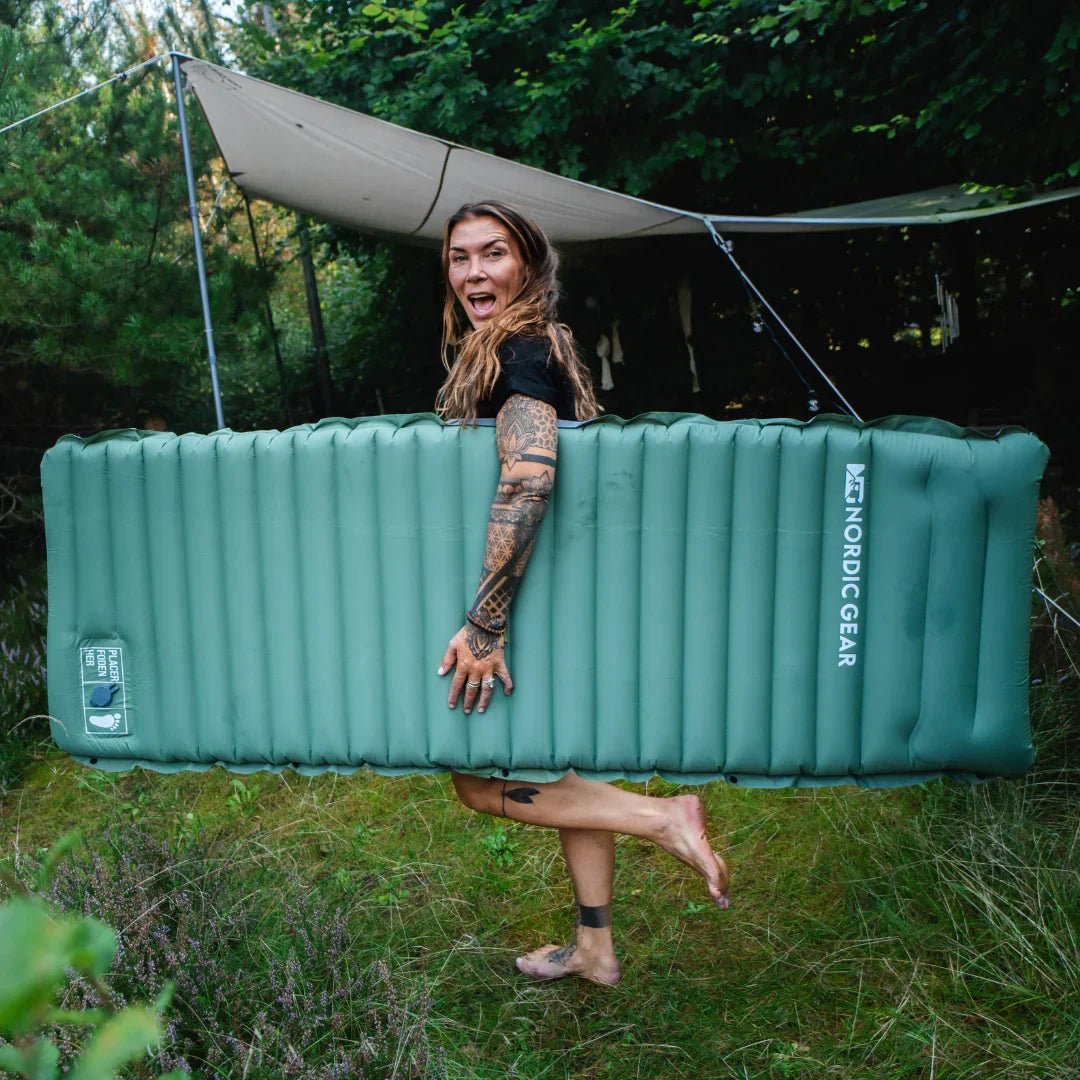When planning an overnight stay in the wild, choosing the right sleeping pad is crucial to ensuring a good night’s sleep. A sleeping pad’s R-value measures its ability to insulate against cold from the ground, which is often colder than the air. The higher the R-value, the better it insulates against heat loss.
With the new ASTM F3340-18 standard, R-value can now be compared across manufacturers, making it easier to choose an underlayment that suits your needs. While previous testing methods were accurate, results varied, but with the new standard, you can be sure of a reliable comparison.
Which R-value should you choose?
The R-value depends on the time of year and the terrain you will be camping in. For hot summer months, a lower R-value of 1-2 will be sufficient, but for fall and spring, a value of 3-4 will ensure that you do not get cold. If you are camping in the winter, or in extremely cold areas, an R-value of 5 or higher is necessary to prevent heat loss and ensure comfort.
Additionally, factors such as gender, caloric intake, and sleeping conditions (tent, shelter, or open air) can affect how well you stay warm. For example, women tend to be more chilly than men, so you should consider a base layer with a higher R-value if you tend to freeze.
How R-value works in practice
When a sleeping pad is tested for R-value, it is placed between a hot plate and a cold plate. The amount of energy required to maintain heat on the hot plate determines the R-value. This measurement method ensures that the insulation ability of the pad can be accurately measured, so you know what to expect in the field.
If your sleeping pad proves to be insufficiently warm, you can increase comfort by adding an extra layer. R-values are additive, so you can combine two pads to achieve a higher overall R-value.
Summer, fall or winter? Choose the right R-value
For summer use, a low R-value will be sufficient, as ground temperatures are often mild. However, in colder seasons, you should aim for a higher R-value to protect against the cold ground. Some underlays, like those from Nordic Gear, use special materials like Exkin® Platinum, which improve heat reflection and insulation, making them versatile for different seasons.

Is a higher R-value always better?
A higher R-value provides better insulation, but it also means that the sleeping pad can be heavier and bulkier.
If you only camp during warm months, a sleeping pad with a lower R-value may be more practical and easier to carry around. However, be aware that if you expect very cold nights, it may be wise to choose a higher R-value to ensure you don't get cold.
What do I do if my sleeping pad is not warm enough?
If you find that your sleeping pad does not have enough insulation for your trips, there are several solutions.
You can add an extra sleeping pad to increase the R-value, as the R-values of the two pads are added together.
Alternatively, you can use a warmer sleeping bag, an insulating sheet bag, or wear extra layers of clothing to compensate for the lack of insulation.
What can you recommend?
We have our best-selling air mattress with an R-Value of 4, which allows you to use it both in winter and summer. The peak season is clearly summer, but many customers use our air mattresses in the winter as well. It has won several awards from, among others, Friluftsmagasinet, AdventureSports, Østergaard Outdoors & several other outdoor enthusiasts.
You can find it right here: https://nordic-gear.dk/products/luftmadras
How can I optimize my setup for cold nights?
To get the most out of your sleeping pad in cold weather, you can use multiple layers. Combining an inflatable pad with a foam pad significantly increases insulation.
You can also choose a sleeping bag that is suitable for the expected temperatures and wear warm layers of clothing, especially on the parts of your body that touch the ground, such as your shoulders and hips.


Leave a comment
This site is protected by hCaptcha and the hCaptcha Privacy Policy and Terms of Service apply.